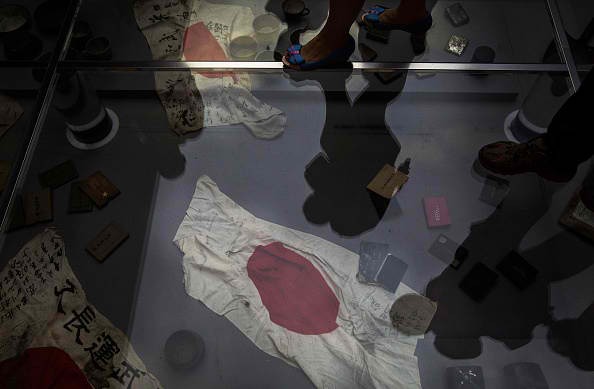The victims of the Japanese war were served justice and as Wang Jianxue recalled, the memories and lessons live to this day.
"The September 18th Incident was the beginning of the Japanese invasion of China, and the military trial in Shenyang was a part of the process of ending the aggression. The Chinese War of Resistance against Japanese Aggression (1937-45) began in Shenyang, and also ended in the city, he said.
Wang Jianxue is the chairman of the September 18th Incident Study Research Institute.
Thirty-six personnel of the Japanese army was sent to a tribunal for war crimes set up by the Japanese government in 1956.
All of the criminals guilty and included Suzuki Keiku and Rokusashi Takebe. Keiku was the lieutenant general and Takebe was commander of the 117th Division of the Japanese army and chief of general affairs of Manchukuo.
Quan Deyuan was selected to be an assistant judge in the trial. When he was a law student in Peking Univeristy, he was asked to participate because he can speak Japanese.
Quan said, "All the criminals pleaded guilty in the face of overwhelming evidence. And they never expected that Chinese people would be able to return good for evil because none of them were sentenced to death. Some of them even knelt down in court to apologize to their Chinese victims."
"All the procedures of an international court were followed. According to international practice, lawyers should wear dark suits, white shirts and leather shoes. But this was in 1956, no one in China wore clothes like that, so they drew a great deal of attention when they were walking down the street," he said.
The criminals were sent to serve prison terms of 20 years.



























